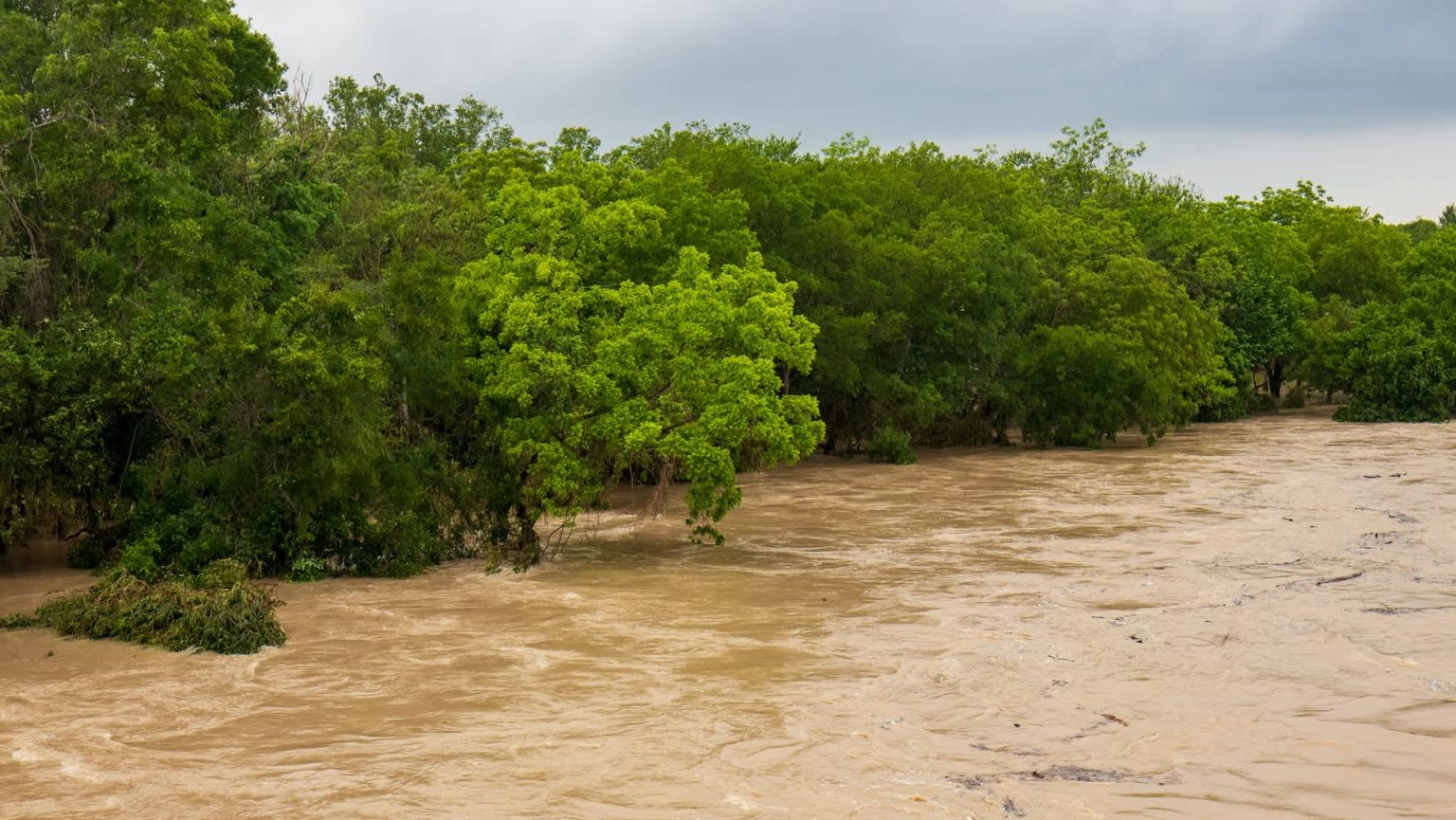Texas Meteorologist Debunks Cloud Seeding Conspiracies After Deadly Floods
Kerr County, Texas, recently experienced devastating flash floods that claimed over 100 lives and left a community reeling in grief and searching for answers. In the wake of this tragedy, a wave of misinformation and conspiracy theories emerged on social media, blaming the floods on cloud seeding, a weather modification technique. Travis Herzog, a Houston-based meteorologist and Texas Hill Country native, stepped forward to address these harmful rumors, providing scientific clarity amidst the emotional turmoil. Herzog, who has witnessed similar flash floods throughout his life, felt a deep personal connection to the affected communities and recognized the need to combat the spread of false information.
Herzog’s initial Facebook post detailed the meteorological factors that contributed to the floods’ severity. He explained how a combination of heavy rainfall and the region’s topography led to the rapid rise of floodwaters. The Texas Hill Country, with its steep terrain and thin soil, is particularly vulnerable to flash flooding. Heavy rains quickly overwhelm the land’s capacity to absorb water, leading to dangerous surges downstream. Herzog’s explanation grounded the tragedy in scientific reality, providing a much-needed counterpoint to the burgeoning conspiracy theories.
The cloud seeding conspiracies, as Herzog pointed out, prey on the vulnerability and desperation of those seeking explanations for inexplicable loss. In the face of overwhelming grief, the simplicity of a human-controlled cause, however unfounded, can be alluring. These theories often emerge in the aftermath of extreme weather events, exploiting the emotional distress and the human desire to find meaning in chaos. Herzog’s familiarity with both the Hill Country and meteorological science positioned him perfectly to address the situation and offer comfort based on facts.
Herzog tackled the cloud seeding claims directly in a subsequent Facebook post. He provided a concise explanation of the technique, which involves introducing small amounts of substances like silver iodide into clouds to enhance precipitation. He emphasized that the amount of silver iodide used is minimal and its impact is localized. He highlighted the absurdity of linking cloud seeding activities in San Antonio, conducted two days prior and 150 miles away, to the devastating floods in Kerr County. He further reinforced the scientific consensus that the increasing frequency and intensity of extreme weather events are primarily driven by climate change, specifically rising global temperatures and warmer oceans.
Herzog’s efforts to debunk the cloud seeding conspiracy theory align with broader efforts by scientific organizations to counter weather-related misinformation. The National Oceanic and Atmospheric Administration (NOAA), for example, has published fact checks debunking claims about weather manipulation technology, emphasizing that no such technology exists to create, control, or steer hurricanes or other extreme weather phenomena. This highlights the growing need for scientists and science communicators to actively engage in public discourse, especially online, to correct misinformation and provide evidence-based explanations of weather events.
The spread of such misinformation has serious consequences. It distracts from the real issues contributing to the increasing risks of extreme weather, such as climate change, and hinders efforts to implement effective mitigation and adaptation strategies. It also sows distrust in scientific institutions and undermines public trust in expert advice. Herzog’s proactive approach serves as a commendable example of how scientists can leverage social media platforms to communicate directly with the public, offer accessible explanations of complex scientific concepts, and effectively counter disinformation. By addressing these conspiracies head-on, he not only provided factual information but also offered comfort and reassurance to a community grappling with immense loss. His efforts contributed to a more informed public discourse and helped to mitigate the harmful effects of misinformation during a time of crisis.


